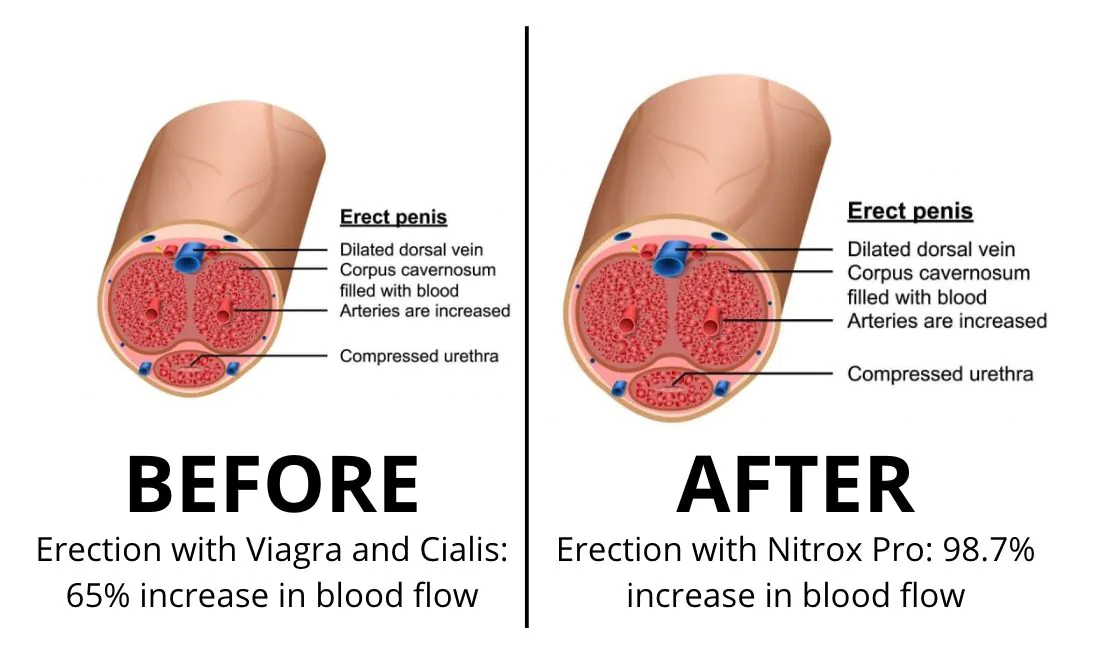The importance of stretching for joint health lies in its ability to enhance flexibility, reduce injury risk, improve circulation, and promote overall physical performance. Regular stretching techniques, including static and dynamic stretching, can be easily incorporated into your daily routine for optimal joint care.
Understanding the importance of stretching for joint health is crucial for maintaining mobility as we age. Regular stretching can enhance flexibility, reduce pain, and prevent injuries. This blog post will explore why stretching is essential for joint health, the various benefits it provides, and effective techniques you can incorporate into your daily routine.
Why Stretching is Crucial for Joint Health
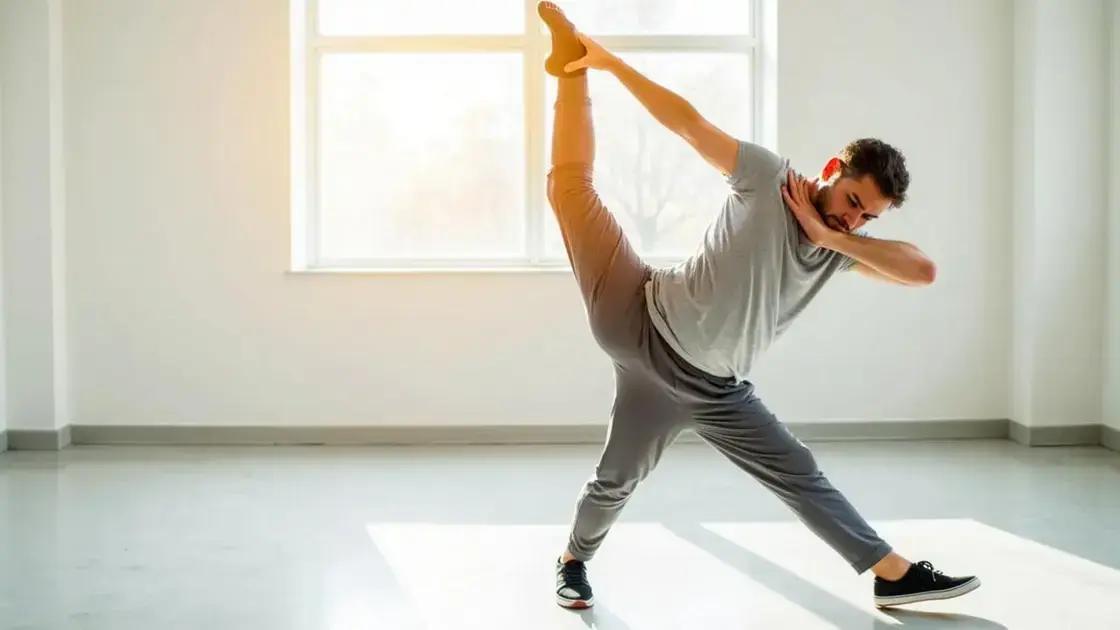
Stretching is crucial for joint health as it helps maintain flexibility and range of motion. When we stretch regularly, we help keep the connective tissues in our joints, such as ligaments and tendons, pliable and resilient. This reduces stiffness and promotes better movement.
Prevention of Injury
Incorporating stretching into your routine can significantly lower the risk of injuries. Tight muscles can place additional stress on the joints, leading to strains or sprains. By stretching, we can enhance muscle elasticity and prepare our bodies for physical activity.
Improved Circulation
Stretching increases blood flow to the muscles and joints. Improved circulation provides essential nutrients and oxygen, aiding in the healing and recovery of joints. This is especially important for those who may suffer from joint pain or arthritis.
Better Posture
Good posture plays a vital role in joint health. Tight muscles can lead to poor alignment of the body, resulting in discomfort. Stretching releases tension in these muscles, allowing for better posture and less strain on the joints.
Enhanced Performance
Whether you’re an athlete or just enjoy physical activity, stretching can enhance performance. Flexible joints allow for a greater range of motion, making movements easier and more efficient. This added flexibility can lead to improved athletic performance and daily activities.
Benefits of Regular Stretching Exercises
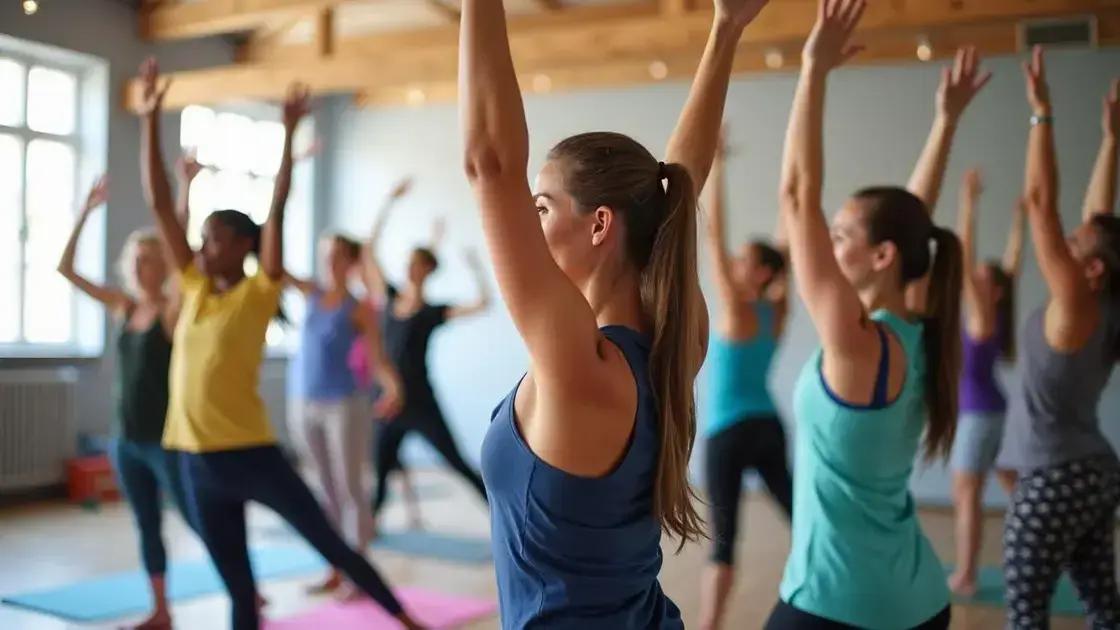
Regular stretching exercises provide a multitude of benefits that contribute to overall joint health and well-being. One of the most significant advantages is increased flexibility. As muscles and tendons become more flexible, the joints can move more freely. This improved range of motion is essential for executing daily tasks with ease.
Reduction of Muscle Tension
Engaging in regular stretching helps to relieve tightness in muscles. When muscles are less tense, they put less stress on joints, reducing the likelihood of pain and discomfort. This is particularly important for individuals who spend long hours sitting or performing repetitive movements.
Enhanced Athletic Performance
For athletes, stretching is vital. Increased flexibility from consistent stretching can improve performance levels, allowing for more effective and powerful movements during sports and exercises. This can lead to better results and fewer injuries on the field or in the gym.
Better Blood Flow
Stretching promotes better circulation by improving blood flow to muscles, including those around the joints. Enhanced circulation helps to deliver nutrients and remove waste, fostering healing and promoting overall joint health.
Stress Relief
Regularly incorporating stretches into your daily routine can act as a natural stress reliever. The act of stretching relaxes the mind and body, making it easier to relieve tension. This relaxation can further contribute to overall joint and muscle health by minimizing pain associated with stress.
Stretching Techniques for Joint Flexibility
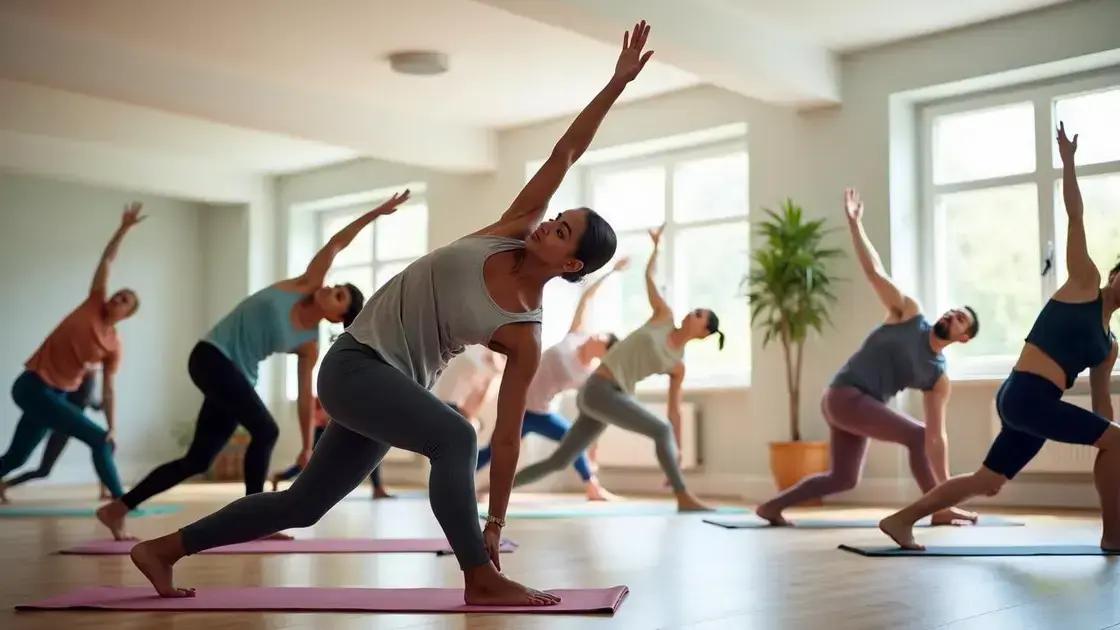
To maintain and improve joint flexibility, various stretching techniques can be incorporated into your routine. These techniques not only enhance flexibility but also promote better joint health. Here are some key methods you can try:
Static Stretching
Static stretching involves holding a stretch for a designated period, usually 15 to 60 seconds. This method allows the muscles and joints to relax and elongate. Focus on major muscle groups, such as hamstrings, quadriceps, and shoulders, to improve overall flexibility.
Dynamic Stretching
Dynamic stretching is a more active technique that involves moving parts of your body through a full range of motion. Examples include leg swings, arm circles, and torso twists. This type of stretching is perfect for warming up before exercise, as it prepares your muscles and joints for activity.
PNF Stretching
Proprioceptive Neuromuscular Facilitation (PNF) stretching helps improve flexibility through a combination of stretching and contracting the muscle group. Involves actively pushing against a partner who provides resistance followed by a deep stretch. This technique is highly effective for increasing flexibility.
Yoga and Pilates
Both Yoga and Pilates incorporate various stretching exercises that promote flexibility and core strength. These practices focus on controlled movements and breathing, leading to improved joint mobility and better overall body awareness.
How to Incorporate Stretching into Your Routine
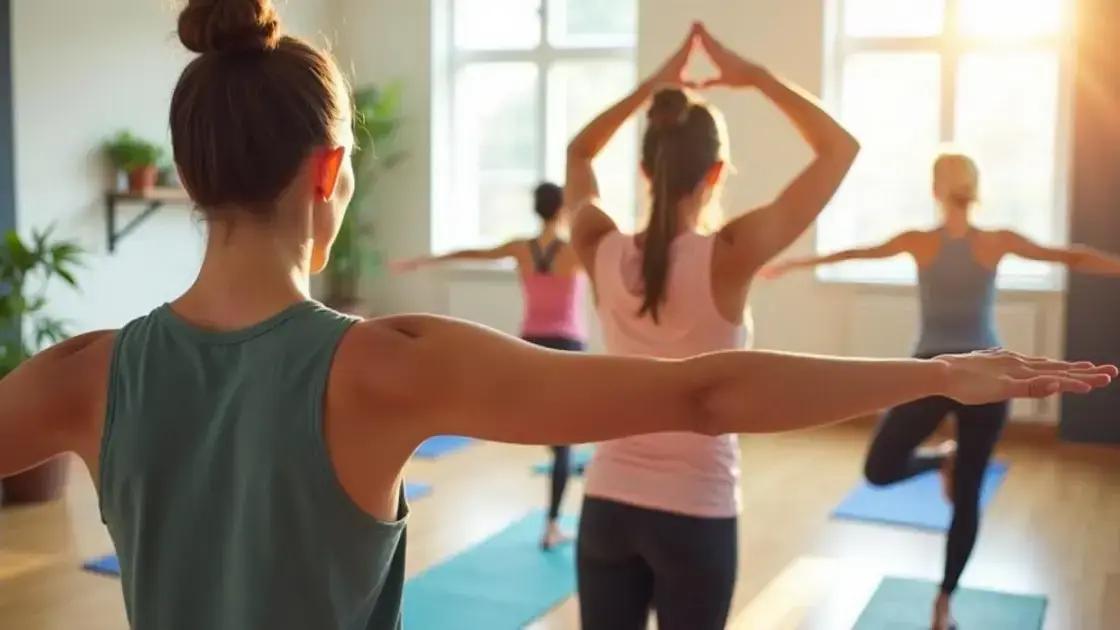
Incorporating stretching into your daily routine is essential for maintaining joint health and flexibility. Here are some effective strategies to make stretching a regular part of your life:
Set a Regular Schedule
Choose specific times throughout the week to stretch. Whether it’s in the morning, during lunch breaks, or before bed, setting a routine will help ensure you do not skip this important practice.
Warm Up First
Always warm up your muscles before starting any stretching routine. Engage in light aerobic activity for 5-10 minutes, such as walking or gentle jogging. This helps prepare your body and prevent injury while stretching.
Integrate Stretching with Exercise
Combine stretching with your regular fitness routine. Stretch both before and after workouts to warm up muscles and promote recovery. Focus on major muscle groups to maximize benefits.
Use Technology
Consider using apps or online videos that offer guided stretching routines. These can help you learn new techniques and stay motivated. Setting reminders or watch alerts can also be helpful in keeping you on track.
Join a Class or Group
Joining a yoga or fitness class can provide structure and motivation. The guidance of an instructor can ensure you’re practicing proper form and technique while making stretching a fun social activity.
The Vital Role of Stretching for Joint Health
In summary, the importance of stretching for joint health cannot be overstated. Regular stretching routines provide numerous benefits, including enhanced flexibility, reduced risk of injury, and improved overall physical performance. Techniques like static, dynamic, and PNF stretching can all play a role in maintaining and improving joint health.
By incorporating stretching into your daily routine through scheduled exercises, warm-ups, and utilizing technology, you can foster better body awareness and mobility. The integration of stretching with regular workouts also promotes recovery and prepares your body for activities.
Whether you are an athlete or someone seeking better joint health, making stretching a priority is a crucial step towards achieving overall wellness and maintaining an active lifestyle.
FAQ – Frequently Asked Questions about the Importance of Stretching for Joint Health
Why is stretching important for joint health?
Stretching is important for joint health because it enhances flexibility, reduces stiffness, and helps prevent injuries.
What are the benefits of regular stretching exercises?
Regular stretching exercises improve circulation, reduce muscle tension, enhance athletic performance, and promote better posture.
How can I effectively incorporate stretching into my routine?
To incorporate stretching, set a regular schedule, warm up before stretching, and integrate it with your exercise routine.
What types of stretching techniques should I use?
Effective stretching techniques include static stretching, dynamic stretching, PNF stretching, and practices such as yoga and Pilates.
How often should I stretch?
It is recommended to stretch at least 2-3 times per week, or ideally every day, to maintain joint flexibility and health.
Are there specific stretches for joint health I should focus on?
Focus on stretches that target major muscle groups, such as the hamstrings, quadriceps, shoulders, and back, to promote overall joint flexibility.




